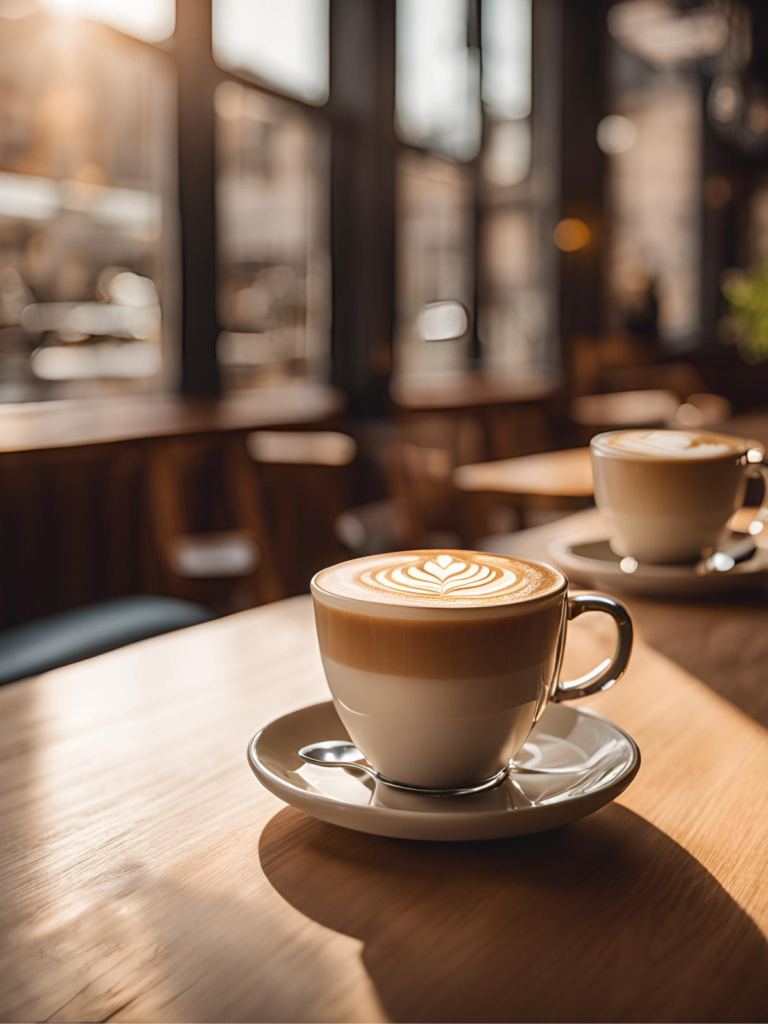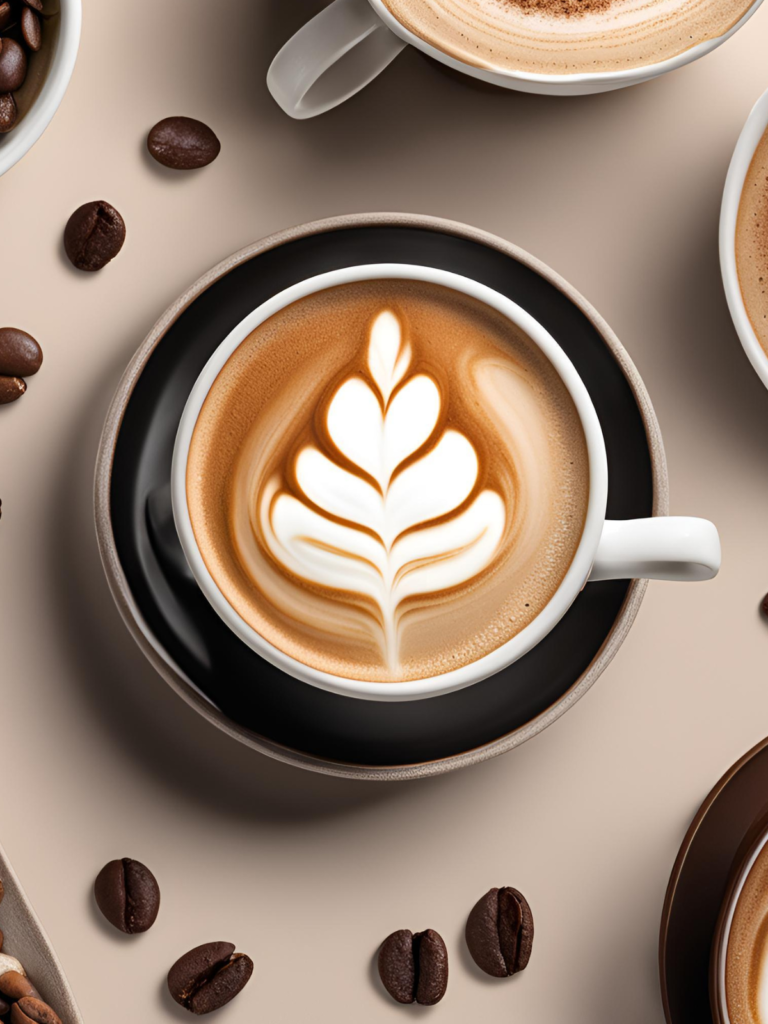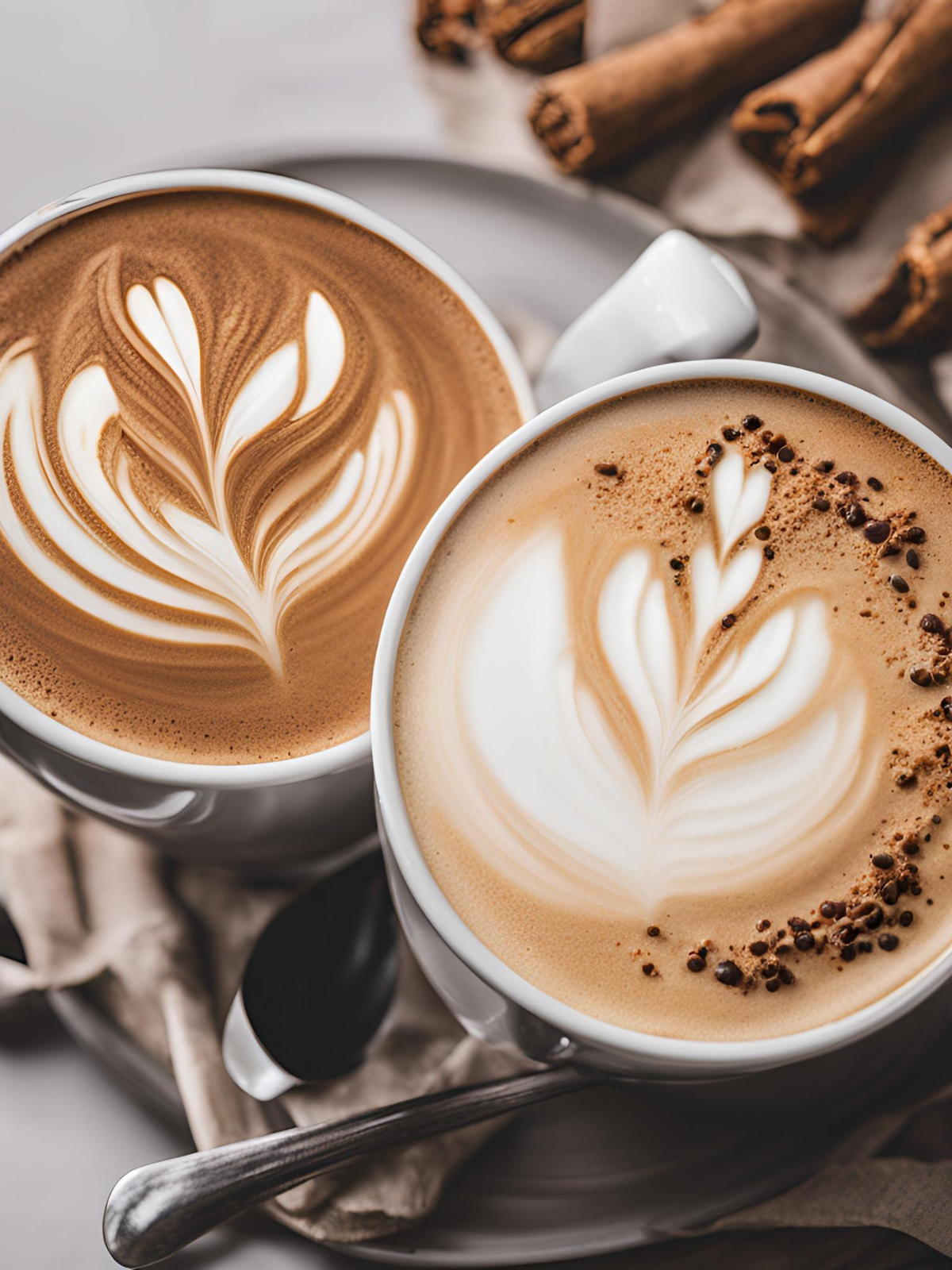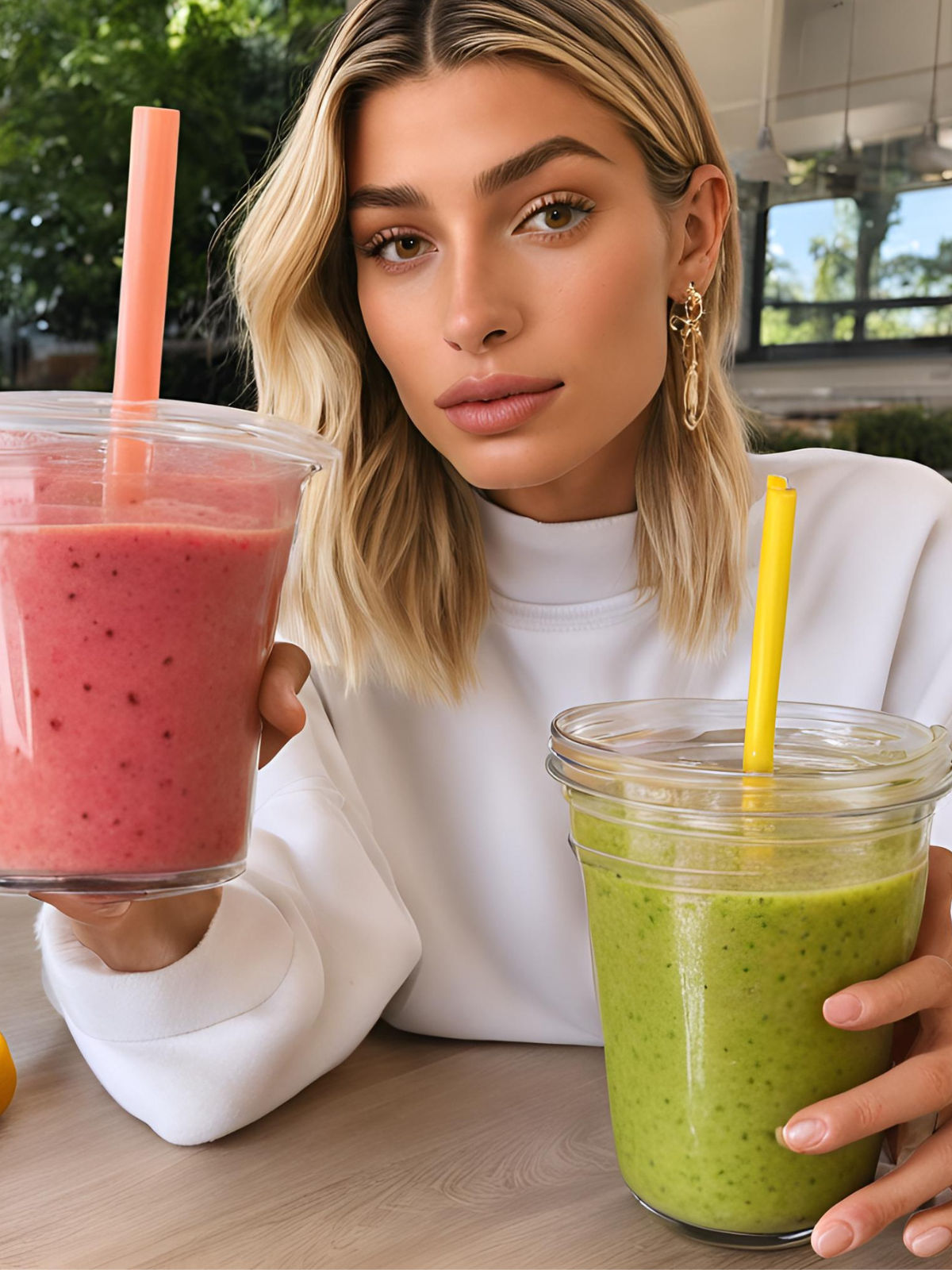Difference Between Latte and Cappuccino: A Comprehensive Guide
For coffee enthusiasts, the choice between a latte and a cappuccino often comes down to personal preference. While both drinks share common ingredients—espresso, steamed milk, and milk foam—their preparation, texture, and flavor profiles differ significantly. This guide delves into the details to help you understand and appreciate the unique characteristics of each drink.
What is a Latte?
A latte, short for “caffè latte,” originates from Italy and translates to “milk coffee.” Its creamy, smooth texture and mild coffee flavor make it a favorite for those who enjoy a milkier drink.
Characteristics of a Latte
- Proportions: A latte typically contains 1 part espresso and 3 parts steamed milk, topped with a thin layer of milk foam.
- Texture: The steamed milk is smooth and velvety, giving the drink a rich, creamy consistency.
- Flavor: With a higher milk-to-espresso ratio, the coffee flavor is subtle, making it less intense than other espresso-based drinks.
- Serving Style: Lattes are served in larger cups or tall glasses, usually holding between 8 to 16 ounces. They are also popular for latte art, where baristas create intricate patterns on the foam.
- Customization: Lattes are highly versatile and can be flavored with syrups such as vanilla, caramel, hazelnut, or seasonal options like pumpkin spice.
When to Choose a Latte
A latte is ideal for those who prefer a creamier, smoother coffee experience. It’s perfect for a leisurely morning drink or as a base for experimenting with different flavors.
What is a Cappuccino?
A cappuccino is another Italian classic, named after the brown robes of Capuchin monks. It offers a balanced mix of bold espresso flavor, creamy milk, and airy foam, creating a harmonious and satisfying drink.
Characteristics of a Cappuccino
- Proportions: A cappuccino is made with equal parts espresso, steamed milk, and milk foam (1:1:1 ratio).
- Texture: The milk foam is thicker and more airy, providing a distinct layer that sits atop the espresso and steamed milk.
- Flavor: With less milk than a latte, the espresso flavor is more pronounced, offering a stronger and bolder coffee taste.
- Serving Style: Cappuccinos are traditionally served in smaller cups, typically 6 ounces, and are often topped with a sprinkle of cocoa powder or cinnamon.
- Aesthetic Appeal: The layered structure of a cappuccino makes it visually appealing, with the foam creating a light, fluffy cap.

When to Choose a Cappuccino
A cappuccino is a great choice if you enjoy a stronger coffee flavor with a lighter, frothy texture. It’s perfect for a quick pick-me-up or a post-meal treat.
Key Difference Between Latte and Cappuccino
| Aspect | Latte | Cappuccino |
|---|---|---|
| Espresso Ratio | 1 part espresso | 1 part espresso |
| Milk Ratio | 3 parts steamed milk | 1 part steamed milk |
| Foam Ratio | Thin layer of foam | Equal part of thick foam |
| Texture | Creamy, smooth, and velvety | Light, airy, and frothy |
| Flavor | Mild coffee flavor, dominated by milk | Strong coffee flavor with creamy balance |
| Serving Size | Larger cup (8–16 oz) | Smaller cup (6 oz) |
| Customization | Easily flavored with syrups or spices | Often topped with cocoa or cinnamon |
| Visual Appeal | Popular for latte art | Distinct layers of espresso, milk, and foam |
How Are Lattes and Cappuccinos Made?
Latte Preparation
- Brew the Espresso: Start with a single or double shot of espresso.
- Steam the Milk: Heat milk to create a smooth, velvety texture. The goal is minimal foam.
- Combine: Pour the steamed milk over the espresso, leaving room for a thin layer of foam.
- Optional: Add flavored syrups or create latte art.
Cappuccino Preparation
- Brew the Espresso: Prepare a single or double shot of espresso.
- Steam the Milk: Froth the milk to create a thick, airy foam.
- Layer: Pour the steamed milk over the espresso, followed by the foam.
- Optional: Dust with cocoa powder or cinnamon for added flavor.
Which Drink is Healthier?
The healthiness of a latte versus a cappuccino depends on personal dietary goals.
- Calories: A latte typically has more calories due to its higher milk content. A cappuccino, with less milk and more foam, is a lower-calorie option.
- Caffeine: Both drinks contain the same caffeine content if made with a single shot of espresso.
- Customizations: Adding syrups, sugar, or toppings can increase the calorie count for both drinks.

Frequently Asked Questions
1. Can non-dairy milk be used in lattes and cappuccinos?
Yes! Almond, oat, soy, and coconut milk are popular alternatives. However, the foam texture may vary depending on the type of milk.
2. Which drink is better for beginners?
Lattes are often recommended for beginners due to their mild and creamy flavor, which softens the intensity of espresso.
3. How do flat whites compare to lattes and cappuccinos?
Flat whites are similar to lattes but have a smaller milk ratio and a velvety microfoam instead of a thick foam layer. They offer a stronger coffee flavor than lattes but are less frothy than cappuccinos.
4. Are lattes and cappuccinos available in iced versions?
Yes! Iced lattes are popular and made by pouring espresso over cold milk and ice. Iced cappuccinos are less common but can be made with chilled espresso, milk, and foam.
5. Which drink is more popular?
Lattes tend to be more popular due to their versatility and creamy taste. Cappuccinos are favored by those who enjoy a stronger coffee flavor.
6. What’s the best time to enjoy a latte or cappuccino?
In Italy, cappuccinos are traditionally consumed in the morning, while lattes are enjoyed throughout the day. However, there are no strict rules—enjoy them whenever you like!
Conclusion
Both lattes and cappuccinos are delightful espresso-based drinks, each with its own unique appeal. Whether you prefer the creamy, mild flavor of a latte or the bold, frothy texture of a cappuccino, there’s no wrong choice. Experiment with both to discover your favorite, and don’t hesitate to customize with flavors, toppings, or milk alternatives to suit your taste.
Enjoy your coffee adventure!













Leave a Reply